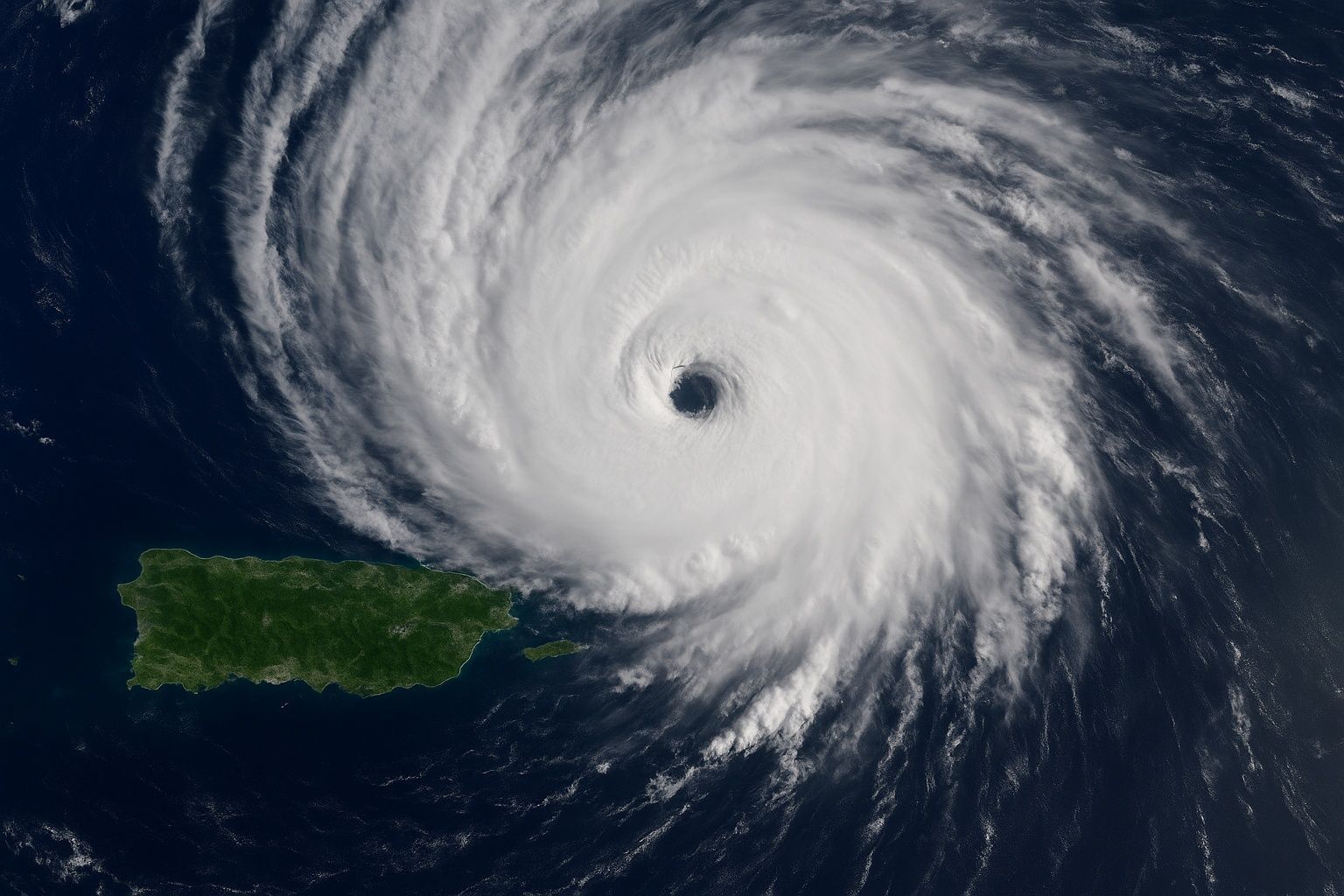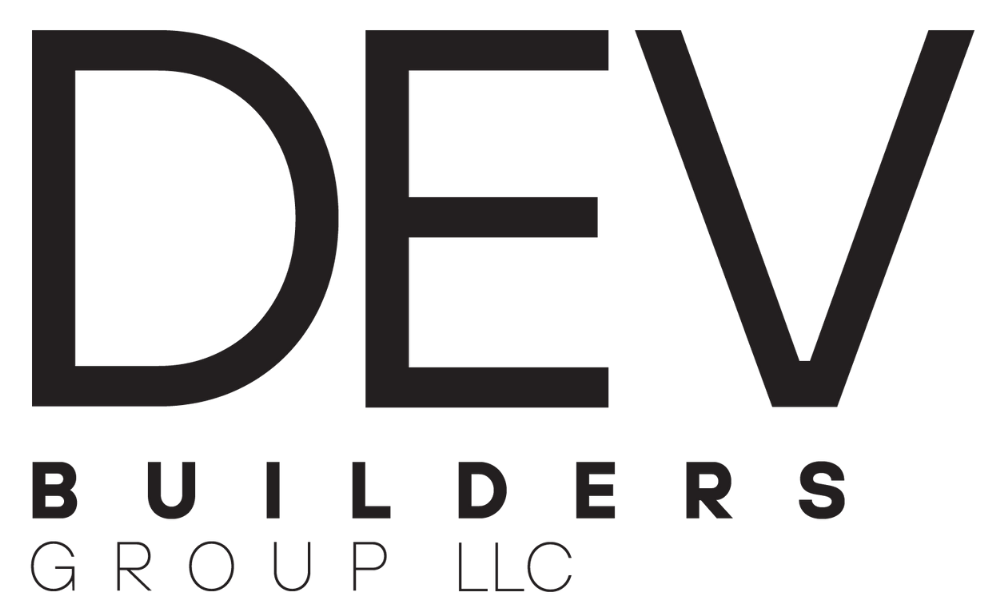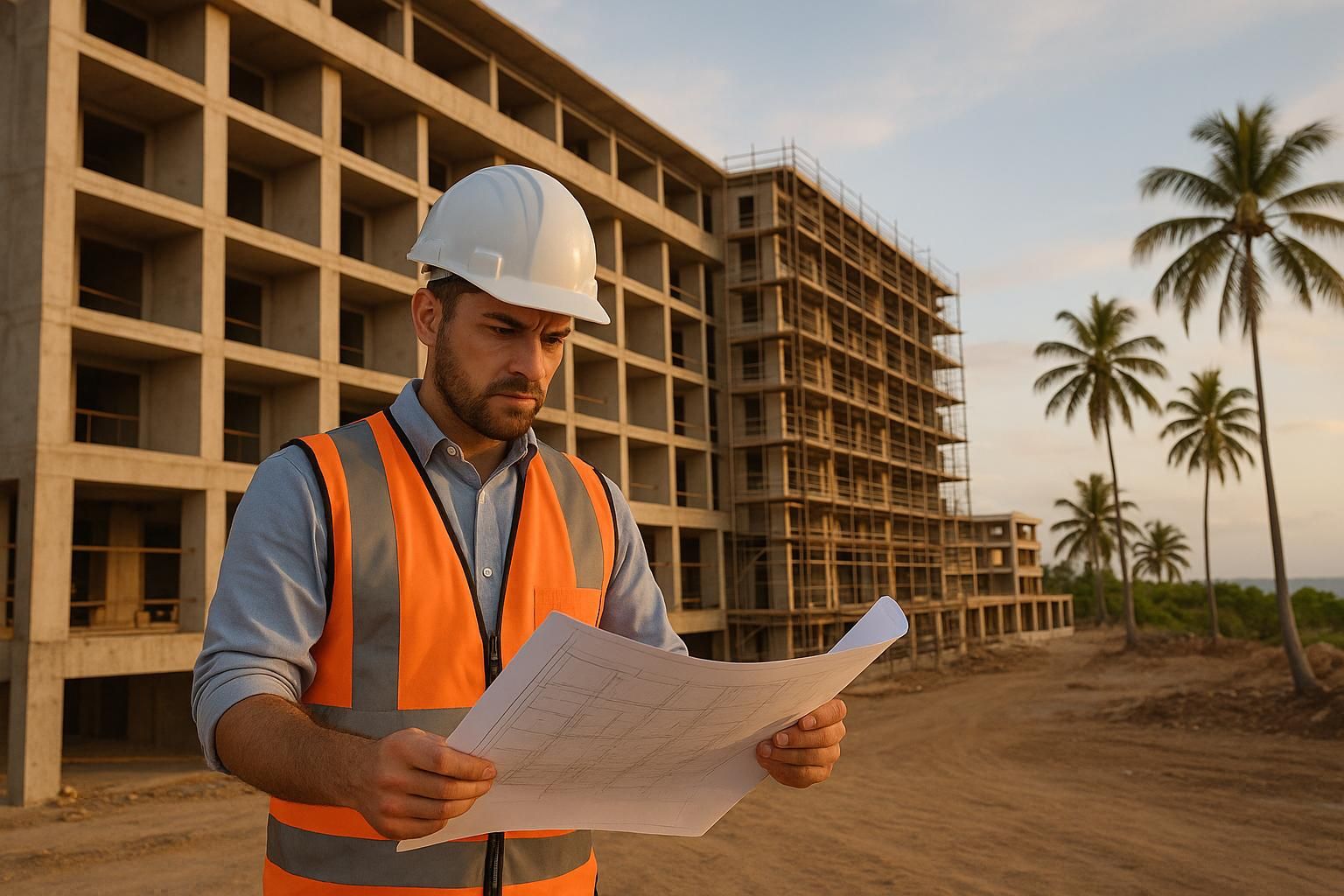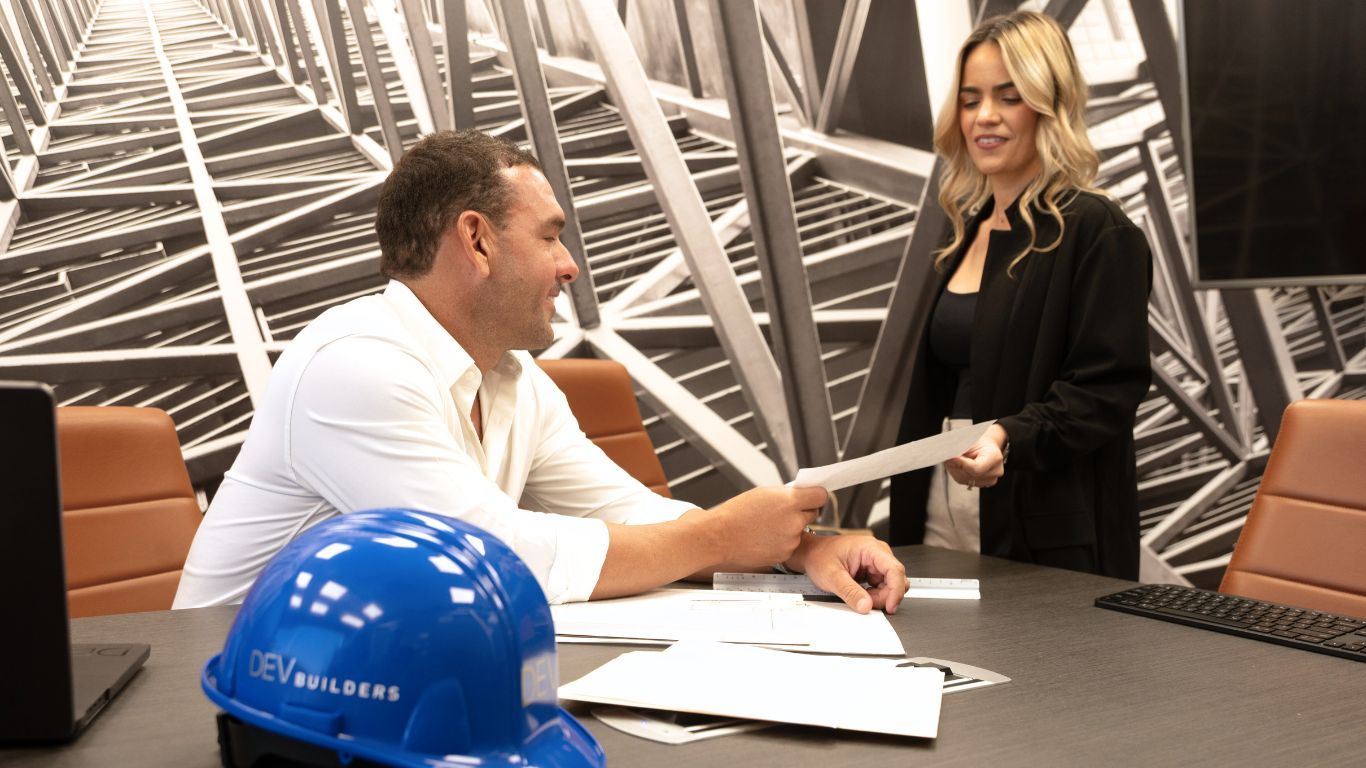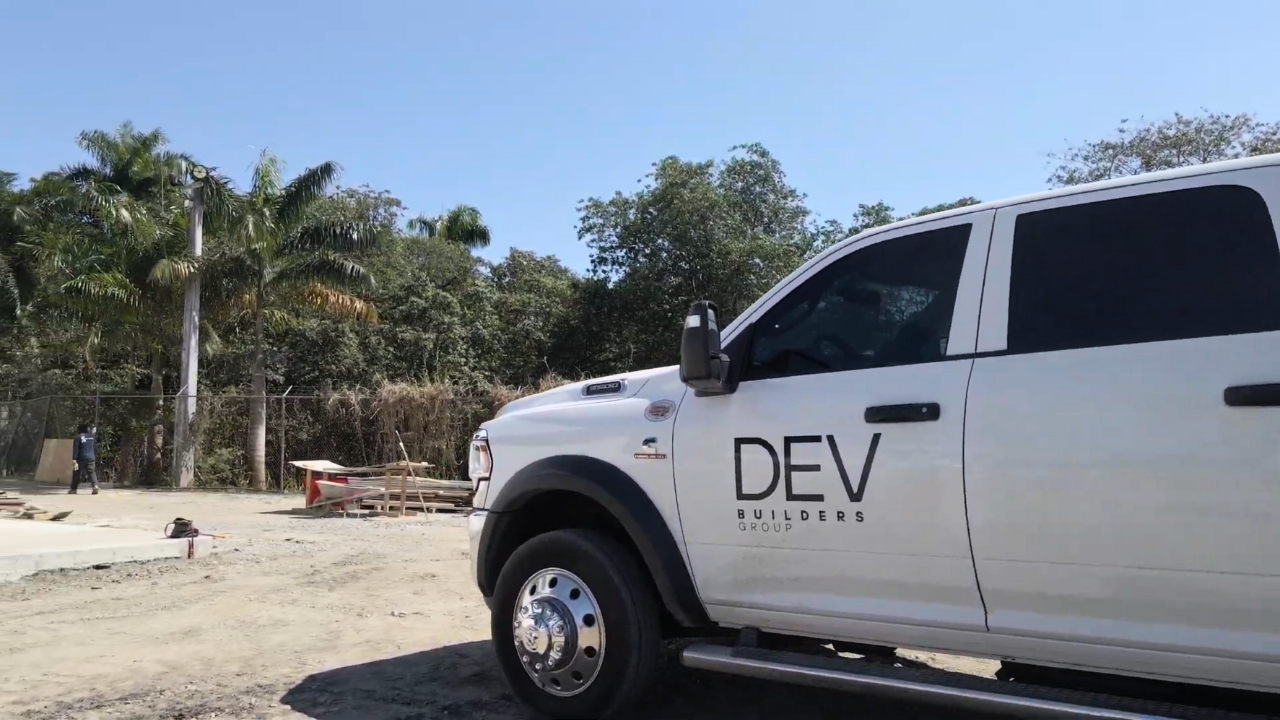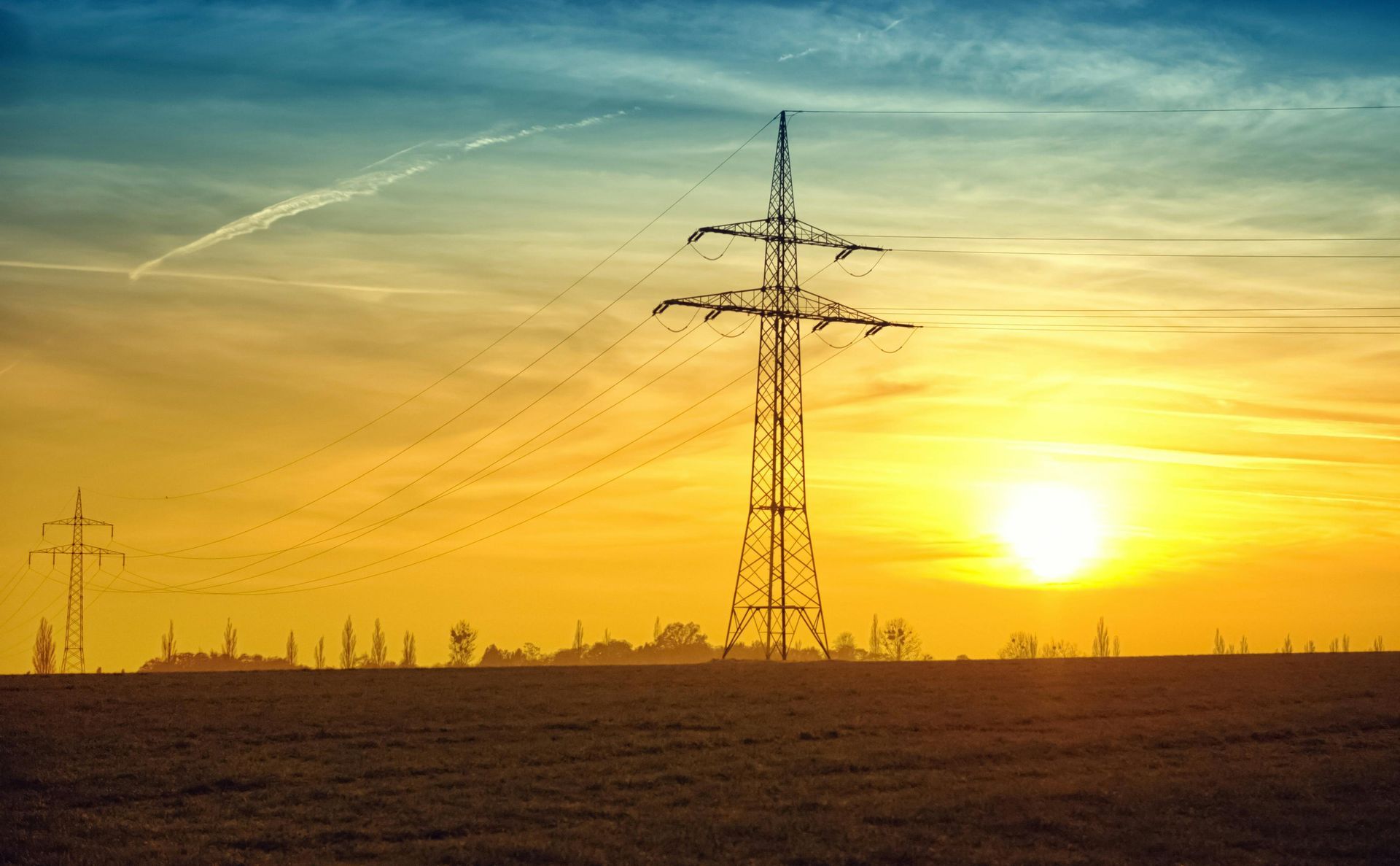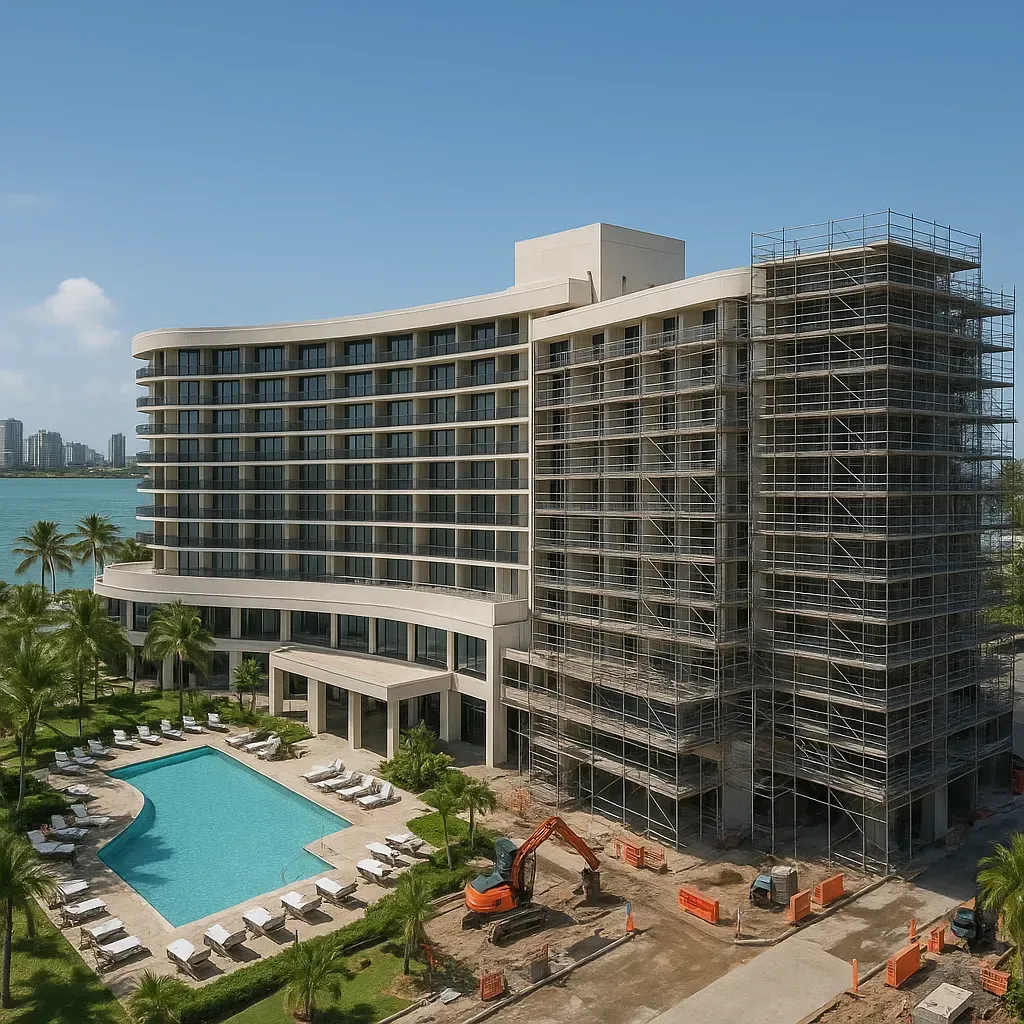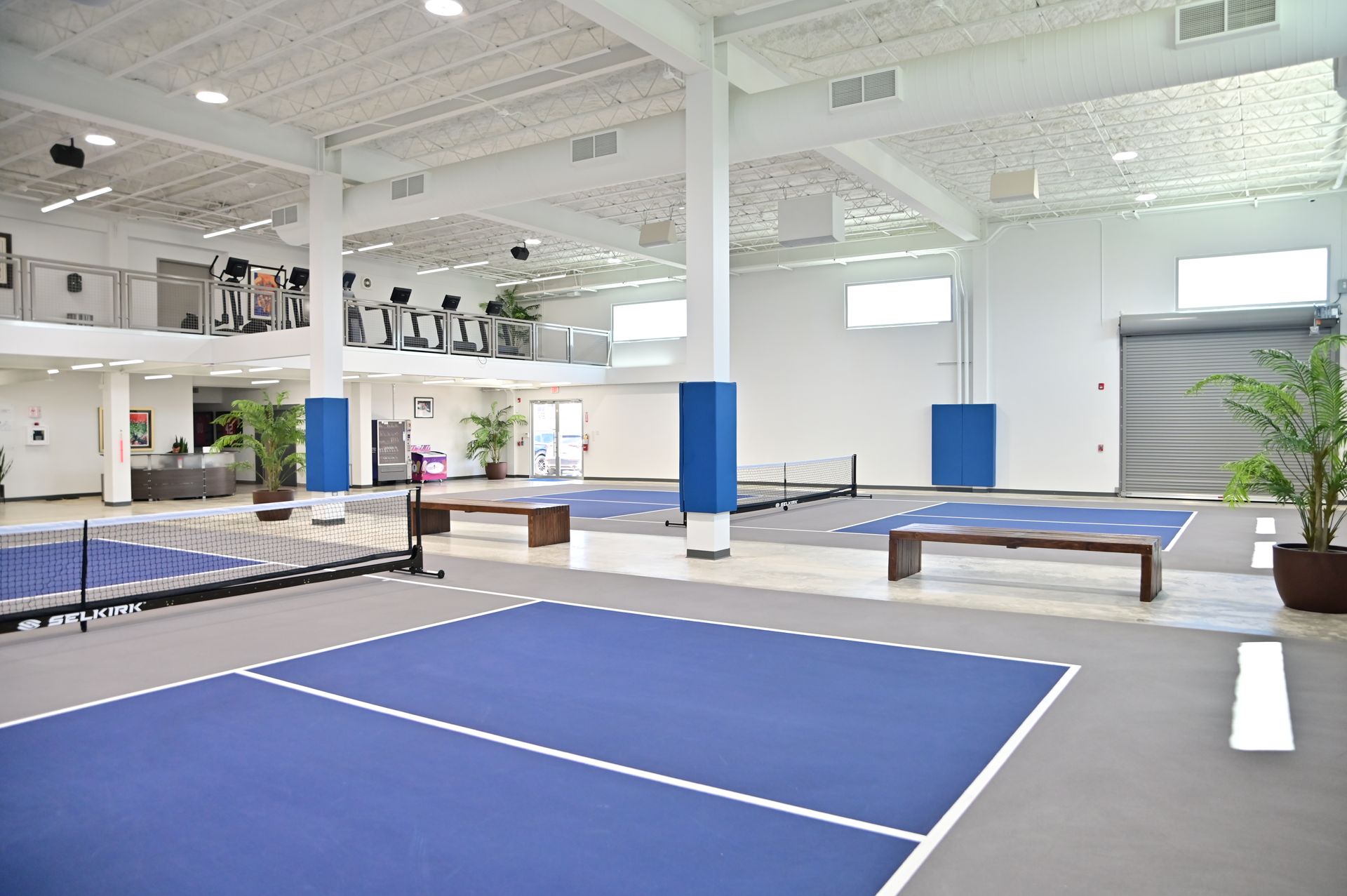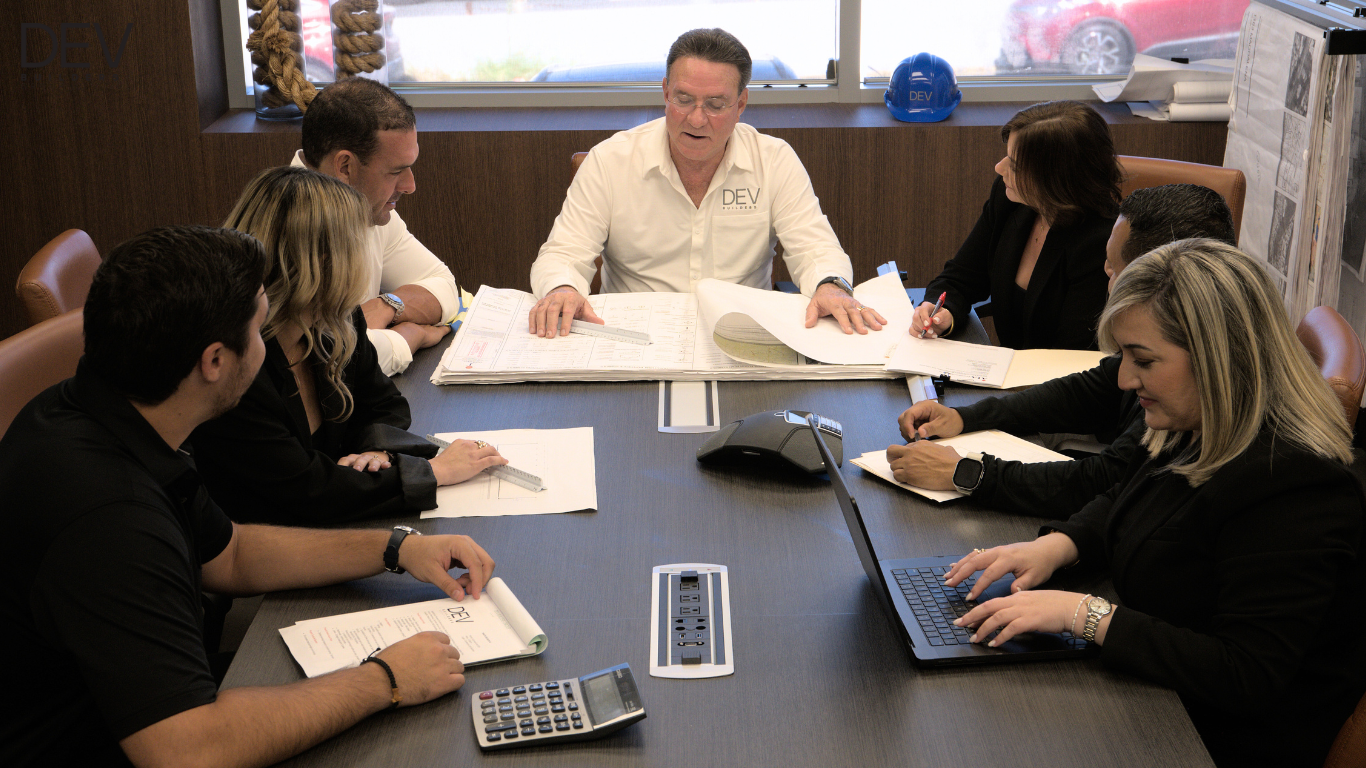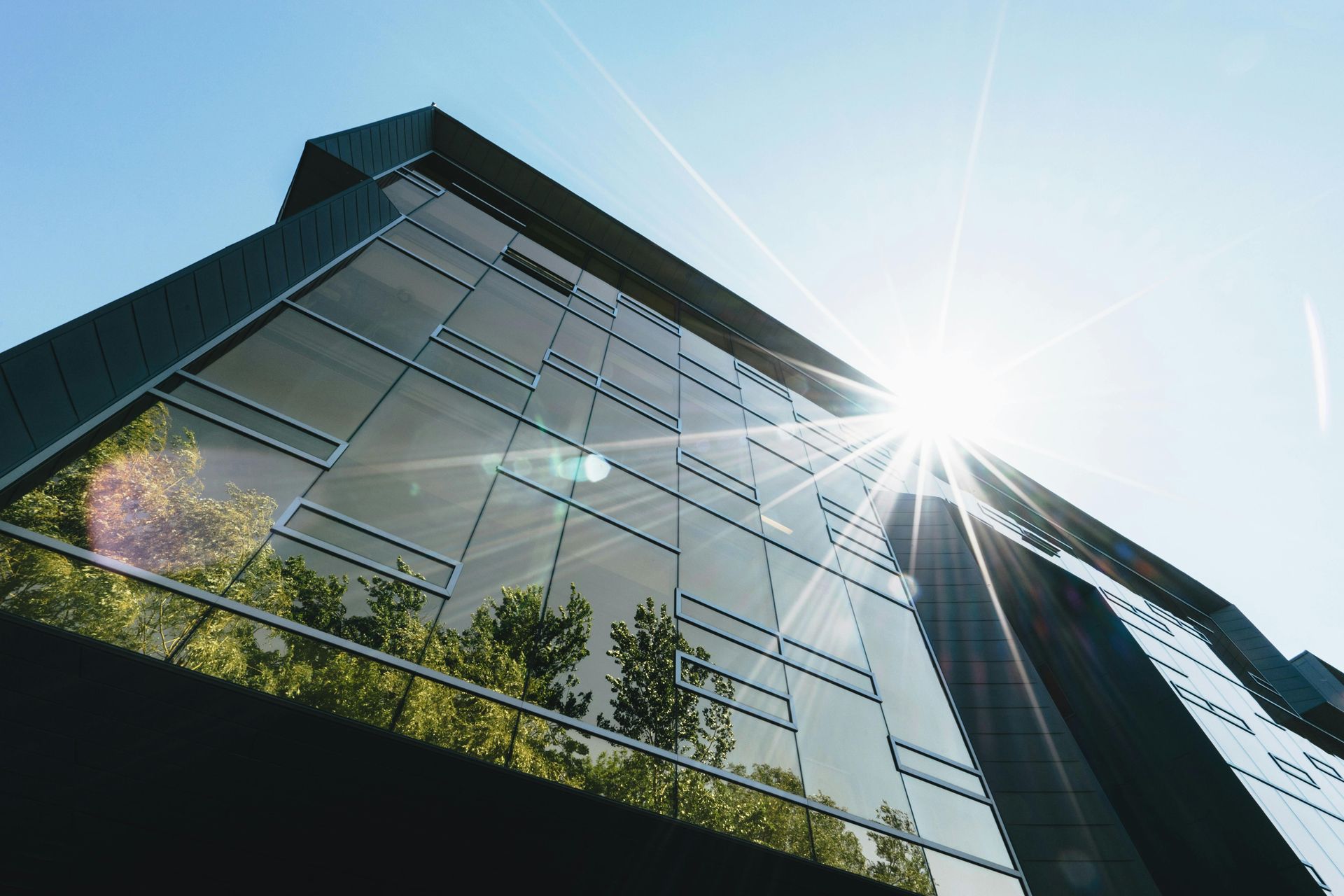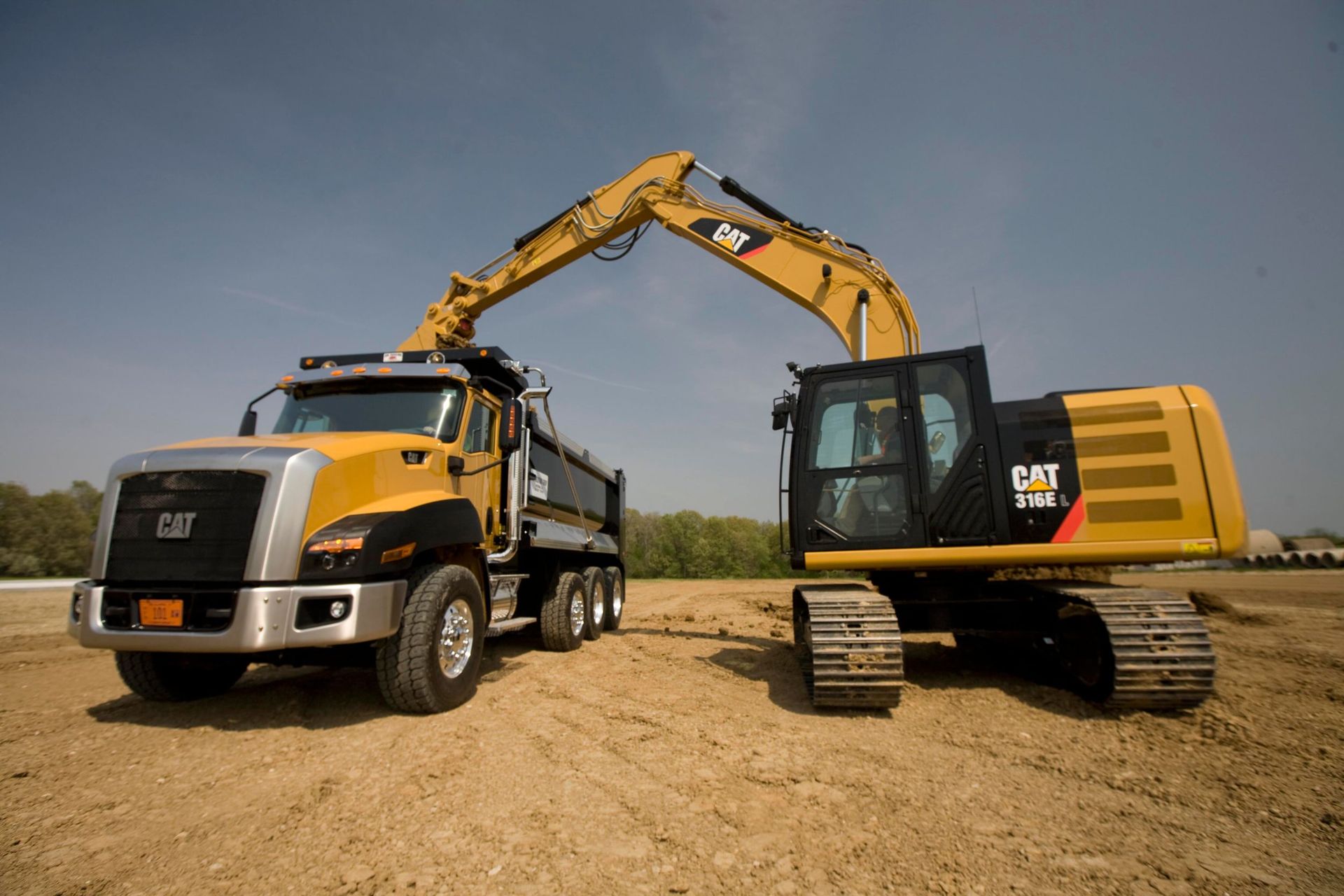Prefab Homes in Puerto Rico: How They Compare to Traditional Builds
Quick Answer:
Prefab and modular homes in Puerto Rico offer faster timelines and potential cost savings but face challenges with local codes, shipping logistics, and hurricane resilience. Traditional construction remains the most adaptable for long-term durability. Always verify compliance with OGPe permits, EQB environmental standards, and local building codes before investing.
Puerto Rico’s housing market continues to evolve as more developers and homeowners look for efficient ways to build.
Prefabricated (prefab) and modular homes are part of that conversation, promising speed and potential savings. But when these global trends meet the island’s strict building codes, supply-chain hurdles, and hurricane risks, the reality can look different.
Understanding how prefab homes Puerto Rico and modular homes Puerto Rico compare to traditional construction helps investors and homeowners make informed, cost-effective decisions that align with long-term safety and value.
Why Prefab and Modular Homes Matter in Puerto Rico
Housing demand is high, and construction costs on the island continue to rise.
Prefab and modular homes—built off-site and assembled on the property—offer potential relief by reducing labor time and waste. However, Puerto Rico’s geography and permitting environment can complicate implementation.
Key Local Factors:
- Hurricane resilience: Homes must comply with Puerto Rico Building Code 2018 (based on the International Building Code) for high-wind zones.
- Supply chain logistics: Materials often need to be shipped from the mainland U.S., adding freight costs and longer timelines. Shipping prefab modules to Puerto Rico can add several thousand dollars depending on size and logistics.
- OGPe permitting:
All homes, including prefab and modular, must obtain construction permits through the Oficina de Gerencia de Permisos (OGPe). Imported components must have certified engineering documents.
- Utility connection standards:
Water, power, and sewage systems must comply with Autoridad de Energía Eléctrica (AEE) and AAA guidelines.
How Prefab and Modular Construction Works
Prefab and modular construction use off-site manufacturing methods to streamline the building process:
- Prefab Homes: Components like walls, roofs, and frames are built in a factory and assembled on-site.
- Modular Homes: Entire sections (modules) are pre-built and transported to the site for final installation.
- Traditional Homes: Built fully on-site, from foundation to roof, often allowing for greater design flexibility.
Steps in a Prefab or Modular Build:
- Design approval and engineering review
- Factory manufacturing and quality inspection
- Transportation of components or modules to Puerto Rico
- Site preparation and foundation work
- Assembly and final connection to utilities
The promise of efficiency is real, but it depends heavily on coordination, logistics, and local expertise.
Local Realities: Permits, Codes, and Incentives
Prefab and modular homes must meet the same structural and safety standards as traditional builds in Puerto Rico. Compliance is non-negotiable.
- Permits (OGPe): The project must secure construction permits under the same review process as conventional builds. Engineering certifications are required for imported components.
- Environmental Compliance (EQB/DRNA): The Environmental Quality Board (Junta de Calidad Ambiental) and Department of Natural and Environmental Resources (DRNA) require site evaluations to ensure no impact on flood zones or protected areas.
- Tax Incentives (Act 60):
While
Act 60 primarily supports commercial and tourism projects, residential developments may still benefit indirectly through investment structures or community projects.
- Insurance and FEMA Compliance: Builders must follow FEMA flood map standards to ensure eligibility for federal disaster insurance.
These realities make prefab and modular housing viable only when planned with full code awareness and experienced engineering support.
Options and Comparisons
Each construction type—prefab, modular, and traditional—offers unique benefits and trade-offs.
Prefab Homes
Pros:
- Shorter on-site build time once materials arrive.
- Less waste from standardized factory production.
- Potentially lower labor costs.
Cons:
- Shipping and customs increase total costs.
- Limited customization after production.
- May require structural reinforcements for hurricane resistance.
Modular Homes
Pros:
- Built in climate-controlled environments, ensuring precision.
- Faster completion once shipped.
- Can offer mid-range customization.
Cons:
- Transport limitations restrict module size and design.
- Assembly requires cranes and specialized teams.
- Some insurance providers are hesitant without certified code compliance.
Traditional Construction
Pros:
- Full design flexibility to match terrain and client vision.
- Easier to adapt to local building codes and environmental conditions.
- Uses readily available local labor and materials.
Cons:
- Longer project timelines.
- Greater exposure to weather delays.
- More on-site waste compared to factory builds.
Actionable Steps for Investors and Developers
For those evaluating prefab or modular projects in Puerto Rico:
- Engage a local engineer early to verify code compliance for wind and seismic loads.
- Confirm shipping logistics and customs duties before signing contracts with U.S. or overseas manufacturers.
- Submit design documents to OGPe for pre-approval to prevent project delays.
- Plan for local foundation work; even prefab homes need solid footings that meet code.
- Verify insurance eligibility with carriers familiar with modular structures.
- Work with a licensed general contractor for assembly, inspection, and final certifications.
- Compare life-cycle costs—initial savings may narrow once logistics and compliance are factored in.
Which construction approach best fits your long-term goals?
Lessons From the Field
In luxury home construction, quality control and material integrity are everything.
For example, DEV Builders’ recent residential project in the Metro Area showcased how in-house crews and locally sourced materials ensure lasting durability while aligning with Puerto Rico’s climate realities.
The team’s control over scheduling and finishes prevented costly delays from off-island shipping.
While prefab systems can perform well under the right conditions, many high-end projects in Puerto Rico benefit from traditional methods that allow for full customization and code integration.
The lesson is clear: construction method should match both the design intent and the island’s regulatory environment.
How DEV Builders Delivers
As a family-owned construction company with over 20 years of experience, DEV Builders Group provides end-to-end project control with in-house crews, owned heavy equipment, and concierge-level service.
The company’s Full-Service Construction, Pre-Construction Services, and Renovation & Refurbishment Services ensure projects meet all local codes while maintaining efficiency and transparency.
From Luxury Home projects to large commercial builds, DEV’s integrated approach helps clients build with confidence, no matter the method or scale.
Considering a home project?
Contact DEV Builders for expert guidance.
Final Thoughts and Next Steps
Prefab, modular, and traditional homes each bring strengths to Puerto Rico’s construction landscape.
Prefab options reduce build times; modular homes offer precision; traditional builds deliver full customization and proven resilience.
Success depends on informed planning, compliance, and local expertise. For investors and developers seeking clarity, partnering with experienced builders ensures projects meet standards, timelines, and long-term value goals.
FAQs
Are prefab homes allowed in Puerto Rico?
Yes. Prefab and modular homes are permitted, but they must comply with OGPe permitting and Puerto Rico’s 2018 Building Code, including hurricane-resistance standards.
Do prefab homes withstand hurricanes?
It depends on design and materials. Homes must be engineered to meet wind-load requirements specific to each municipality, similar to traditional builds.
How long does it take to build a prefab home in Puerto Rico?
Timelines vary based on factory lead times, shipping schedules, and permit approvals. Local site work often dictates total completion time.
Are prefab homes cheaper than traditional builds?
Upfront costs can be lower, but logistics and code compliance can offset savings. Comparing total life-cycle costs gives a more accurate view.
Can modular homes qualify for Act 60 or other tax incentives?
Act 60 mainly supports commercial developments, but residential investors may benefit indirectly through community or mixed-use projects.
Do prefab homes require local contractors?
Yes. Assembly, foundation work, and final inspections must be completed by licensed professionals in Puerto Rico.
